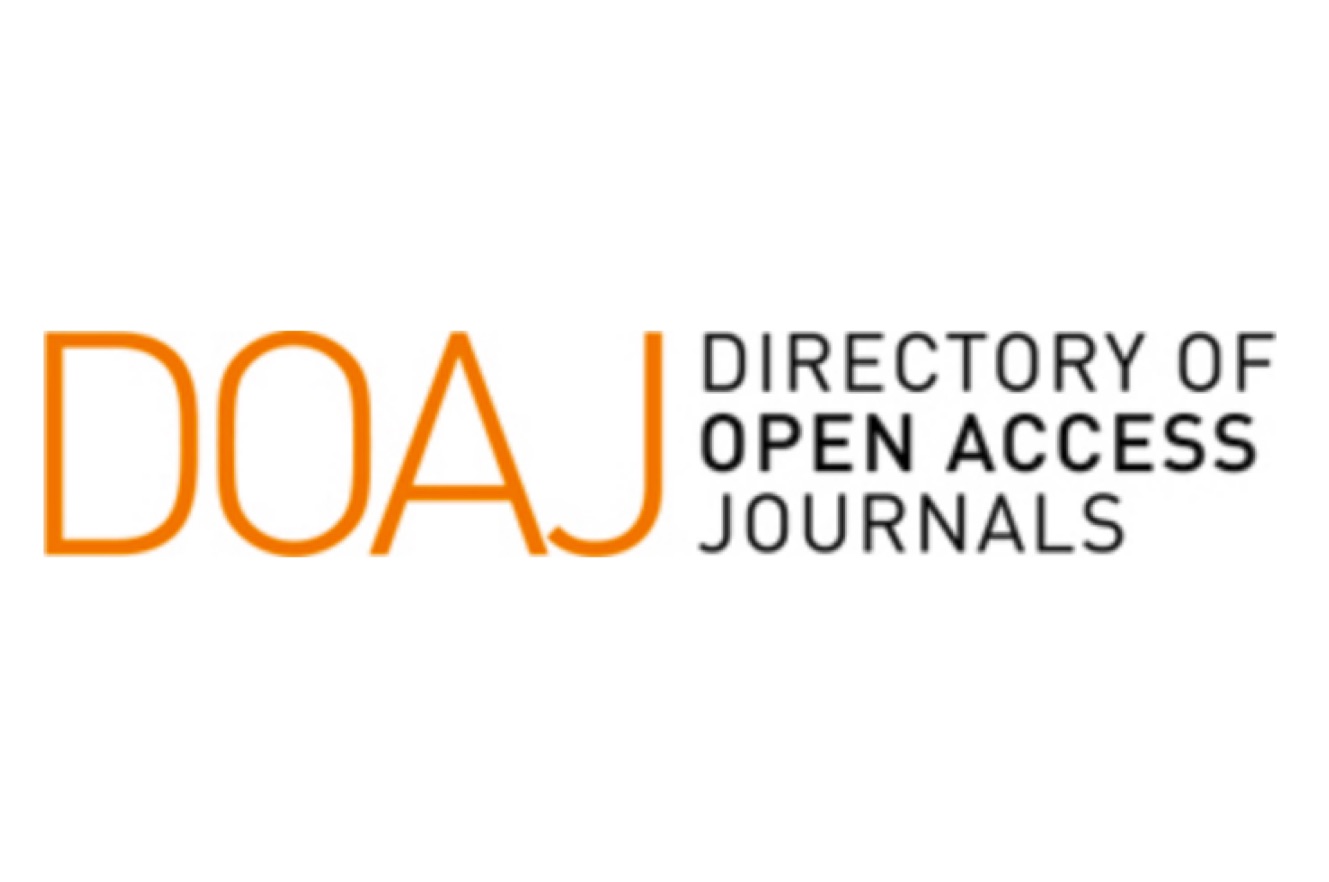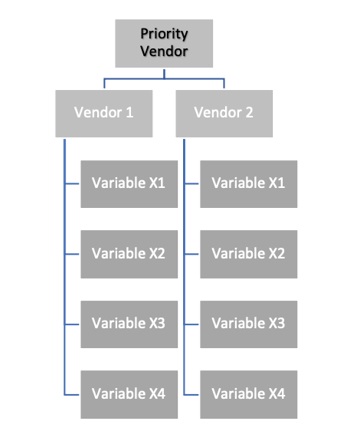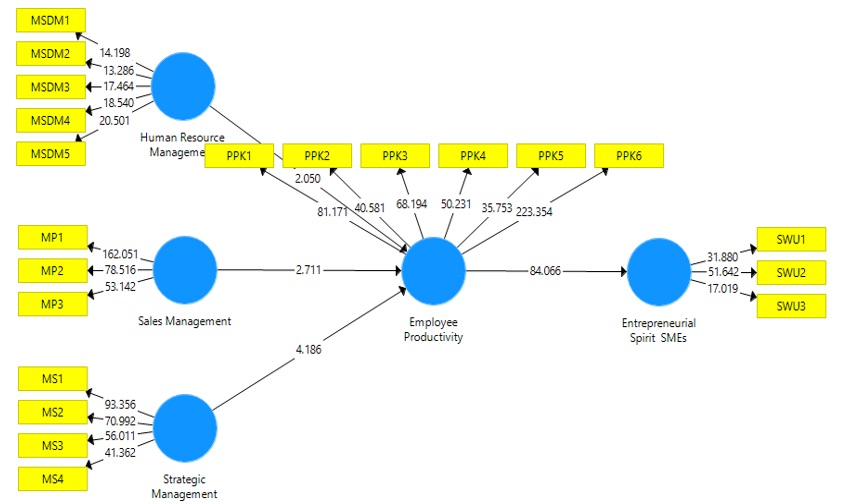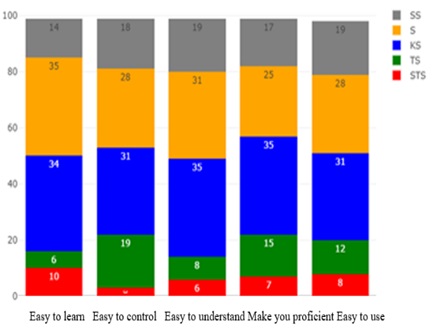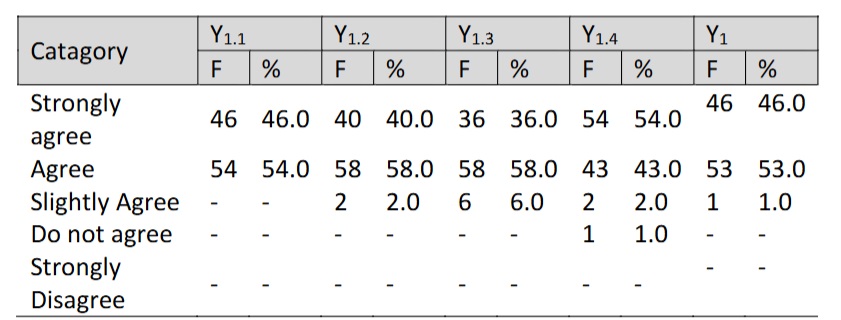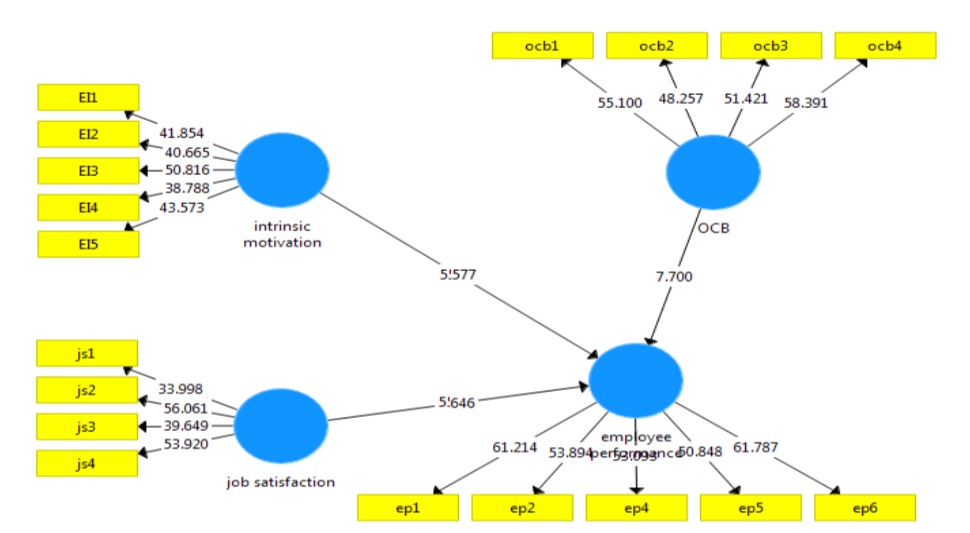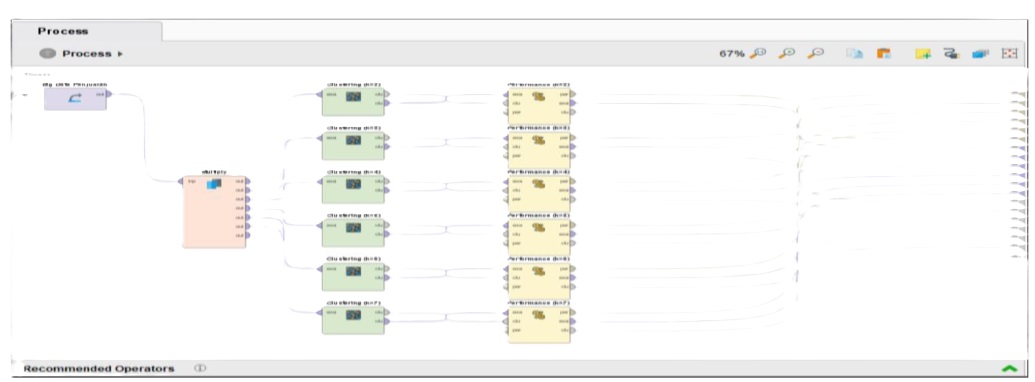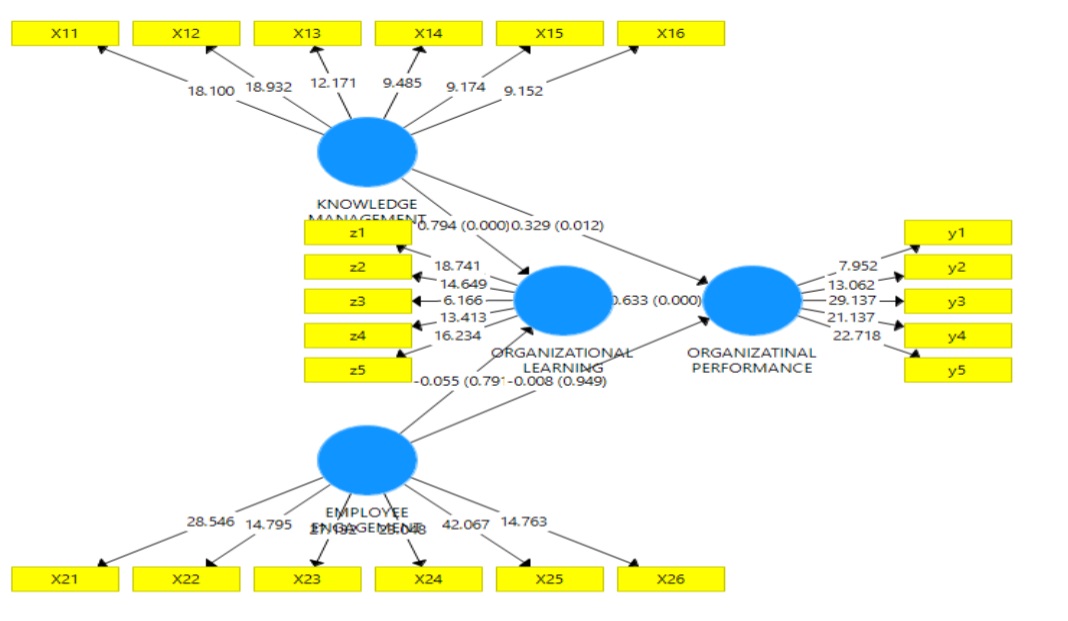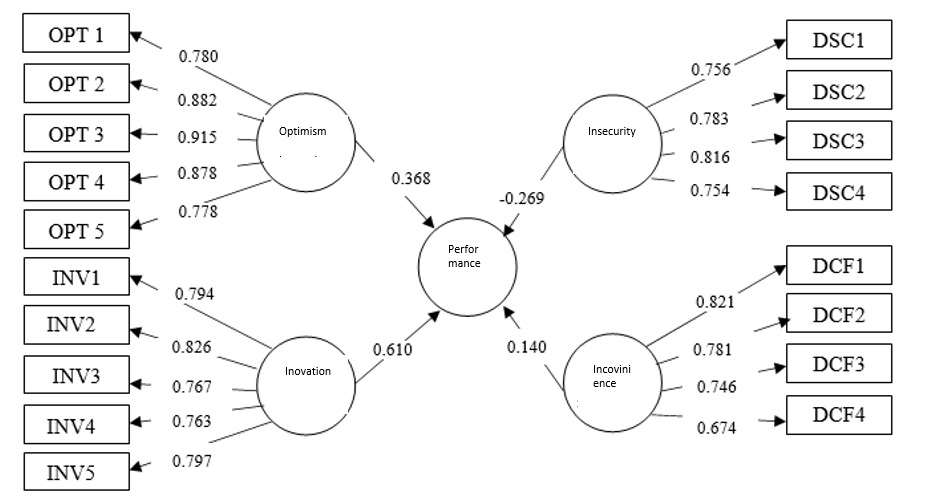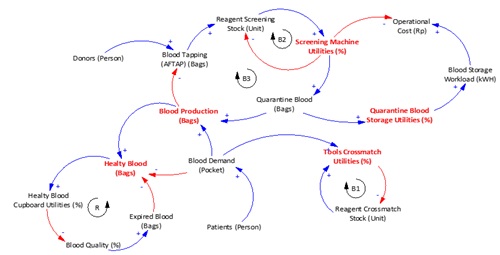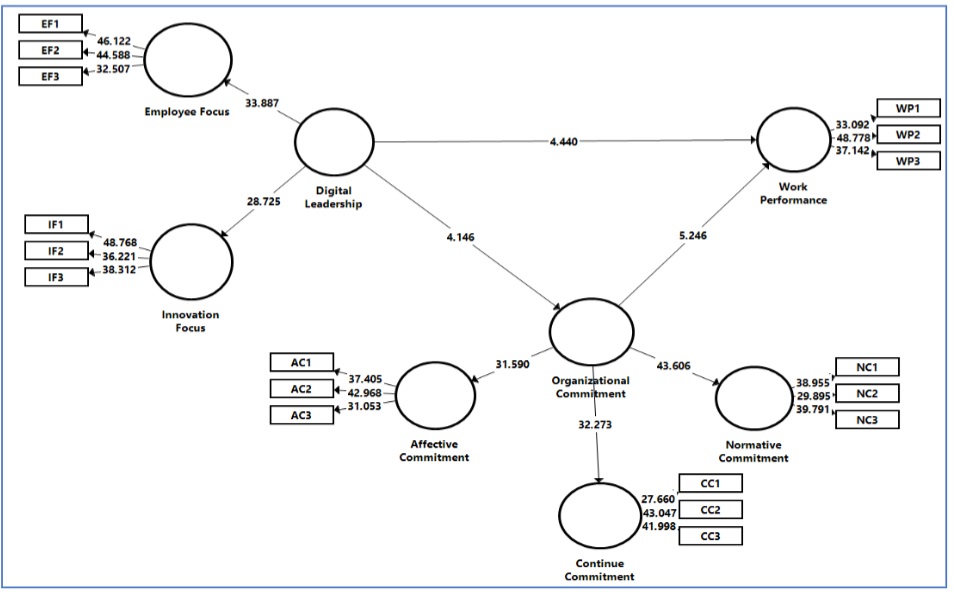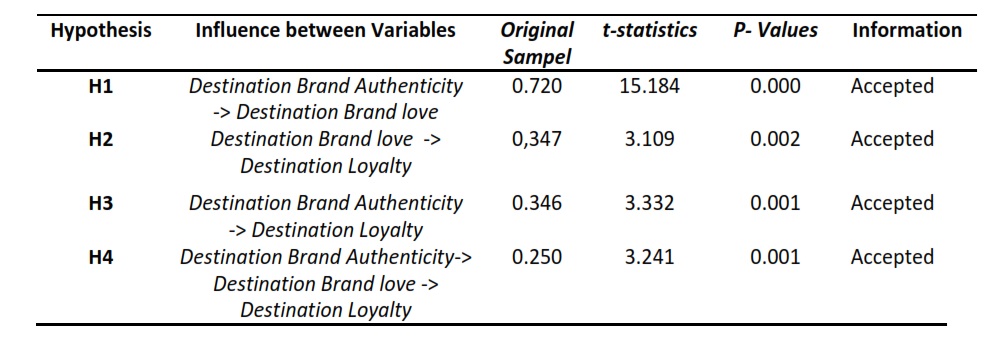ANALISA KAPASITAS PRODUKSI DI STASIUN PERAKITAN DENGAN METODE PENJADWALAN DETERMINISTIK
Downloads
Abstract
A manufacturing company which its production based on customer's customization order commonly employs Make-To-Order system. The classical problem of this system is that uncertainty of the order receipt schedule and the various degree of customization. Thus, it leads to an improper production schedule or under-optimal. This study aims to analyze the maximum production capacity of the company so that it can provide a recommendation for scheduling improvement. In this paper, the study case is carried out to a company which produces the various tools for military needs, such as weapons, ammunition, and combat vehicle. By means of the deterministic scheduling method, the optimal sequence of a military vehicle can be determined. Then, to represent the job priority order as well as to estimate the job completion duration, the network diagram is used. The result is then used as a reference to construct the production schedule simulation sequentially. It is intended to observe the interval time among production schedule. The experimental results of maximum production capacity calculation show that the company is able to produce at maximum 150 unit vehicles per year.
Keywords: scheduling; production; deterministic method;
Abstrak
Perusahaan manufaktur yang memproduksi berdasarkan kustomisasi permintaan pelanggan biasa menerapkan sistem Make-To-Order. Masalah klasik yang sering dihadapai dari sistem tersebut adalah ketidaktepatan jadwal penerimaan pesanan dan tingkat kustomisasi yang berbeda-beda. Hal tersebut menyebabkan penjadwalan produksi yang tidak tepat atau tidak optimal. Tujuan penelitian ini adalah untuk melakukan analisa kapasitas produksi perusahaan, sehingga dengan mengetahui kapasitas maksimalnya dapat memberikan rekomendasi perbaikan penjadwalan. Dalam penelitian ini, studi kasus dilakukan pada perusahan yang memproduksi berbagai macam peralatan untuk kebutuhan militer seperti persenjataan, amunisi, dan kendaraan tempur. Dengan menggunakan metode penjadwalan deterministik, urutan perakitan optimal pada kendaraan militer dapat ditentukan. Kemudian untuk menggambarkan urutan prioritas pekerjaan sekaligus untuk memperhitungkan durasi penyelesaian pekerjaan digunakan bantuan network diagram. Hasilnya digunakan sebagai dasar untuk menyusun simulasi penjadwalan produksi secara berurutan. Tujuannya adalah untuk mengetahui selisih waktu produksi antar jadwal. Hasil perhitungan jumlah kapasitas produksi maksimal perusahaan didapatkan bahwa perusahaan ini dapat memproduksi sebanyak 150 unit kendaraan per tahun.
Kata kunci: penjadwalan; produksi; metode deterministik;
Downloads
K. Baker, Introduction To Sequencing and Scheduling. New York: Jhon Willey and Sons. Inc, 1974..
V. Nadia, D. R. S. Dewi, and M. E. Sianto, "Penjadwalan produksi dan perencanaan persediaan bahan baku di pt. wahana lentera raya,” Widya Tek., vol. 9, no. 2, pp. 179–192, 2010.
K. R. Baker and D. Trietsch, Principles of sequencing and scheduling. John Wiley & Sons, 2013.
I. Masudin, D. M. Utama, and F. Susastro, "Penjadwalan Flowshop Menggunakan Algoritma Nawaz Enscore Ham,” 2014.
M. Husen, I. Masudin, and D. M. Utama, "Penjadwalan job shop statik dengan metode simulated annealing untuk meminimasi waktu makespan,” Spektrum Ind., vol. 13, 2015.
P. S. Puspita, "Analisis Perbandingan Pada Penjadwalan Job Untuk Ketepatan Waktu Proses,” J. Tek. Ind., vol. 8, no. 1, pp. 12–22, 2008.
L. Hadiyanti and M. T. Siregar, "Penentuan Frekuensi Pemesanan Komponen Lensa Kamera Menggunakan Metode Deterministik Dinamis Untuk Meminimalisasi Biaya Persediaan Pada Pt Xacti Indonesia,” J. Manaj. Ind. Dan Logist., vol. 2, no. 2, pp. 192–205, 2018.
V. A. Sari, D. D. Damayanti, and W. Juliani, "Penjadwalan Produksi Dengan Mempertimbangkan Ukuran Lot Transfer Batch Untuk Minimasi Makespan Komponen Isolating Cock Di Pt Pindad,” JRSI J. Rekayasa Sist. Dan Ind., vol. 2, no. 04, pp. 74–81, 2015.
N. I. Lesmana, "Penjadwalan Produksi Untuk Meminimalkan Waktu Produksi Dengan Menggunakan Metode Branch And Bound,” J. Tek. Ind., vol. 17, no. 1, pp. 42–50, 2016.
"PT. Pindad (Persero) - Kendaraan Khusus.” [Online]. Available: https://www.pindad.com/special-vehicles. [Accessed: 09-Jun-2019].
B. A. Irvantoro and J. Ellyawati, "Penerapan Metode Asas Prioritas Pada Proses Produksi Studi Pada Koperasi Batur Jaya, Kabupaten Klaten, Provinsi Jawa Tengah,” Univ. Atma Jaya Yogyak., pp. 1–11, 2016.
J. Heizer, B. Render, C. Munson, and A. Sachan, Operations management: sustainability and supply chain management, 12/e. Pearson Education, 2017.
Y. Takakura, T. Yajima, Y. Kawajiri, and S. Hashizume, "Application of critical path method to stochastic processes with historical operation data,” Chem. Eng. Res. Des., vol. 149, pp. 195–208, Sep. 2019.
H. Suprapto, "Evaluasi Kapasitas Produksi Dan Efisiensi Biaya Terhadap Kelancaran Proses Produksi Pada PT. Cahaya Indah Madya Pratama,” J. Manaj., vol. 1, no. 1, p. 9 Halaman, Feb. 2016.
H. Ahyadi, R. Saputra, and E. Suhartanto, "Analisis Keseimbangan Lintasan Untuk Meningkatkan Proses Produksi Pada Air Mineral Dalam Kemasan,” Bina Tek., vol. 11, no. 2, pp. 139–148, Aug. 2017.
JMIL Jurnal Manajemen Industri dan Logistik (Journal of Industrial and Logistics Management) is an Open Access Journal. The authors who publish the manuscript in JMIL Jurnal Manajemen Industri dan Logistik agree to the following terms:

JMIL Jurnal Manajemen Industri dan Logistik is licensed under a Creative Commons Attribution 4.0 International License. This permits anyone to copy, redistribute, remix, transmit and adapt the work provided the original work and source is appropriately cited.
This means:
(1) Under the CC-BY license, authors retain ownership of the copyright for their article, but authors grant others permission to use the content of publications in JMIL Jurnal Manajemen Industri dan Logistik in whole or in part provided that the original work is properly cited. Users (redistributors) of JMIL Jurnal Manajemen Industri dan Logistik are required to cite the original source, including the author's names, JMIL Jurnal Manajemen Industri dan Logistik as the initial source of publication, year of publication, volume number, issue, and Digital Object Identifier (DOI); (2) Authors grant JMIL Jurnal Manajemen Industri dan Logistik the right of first publication. Although authors remain the copyright owner.















